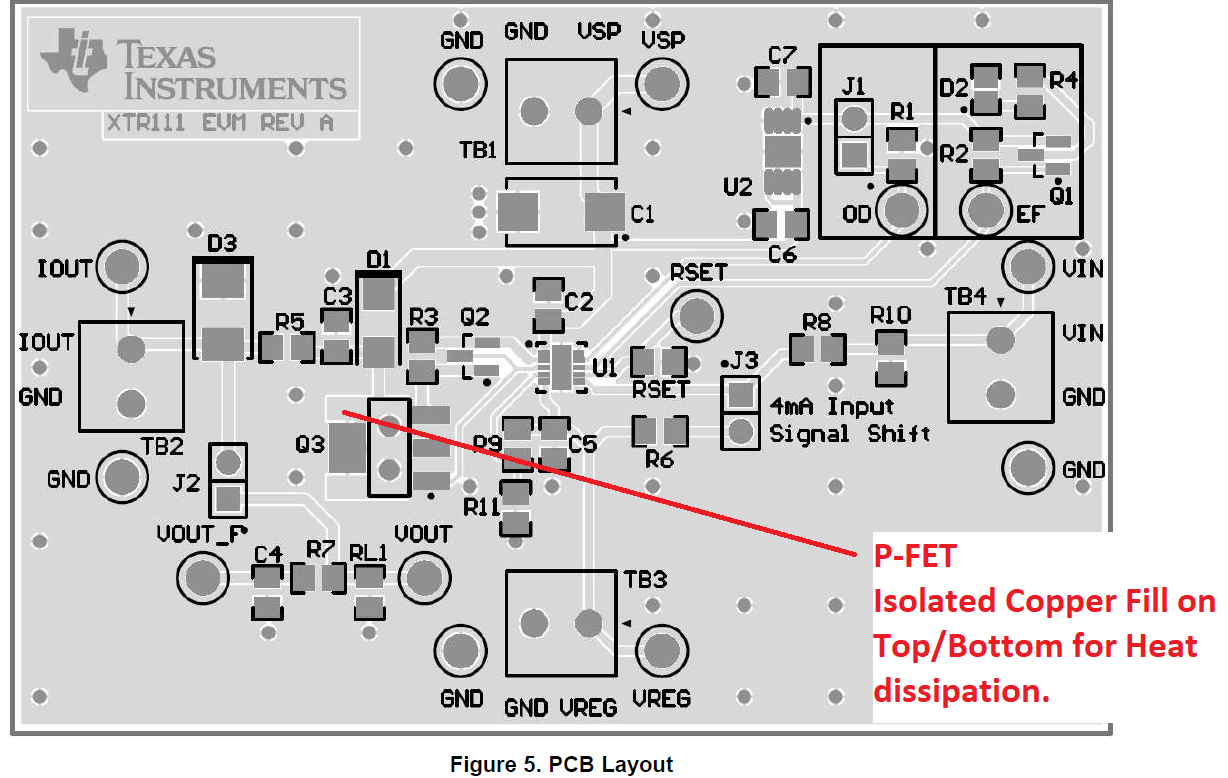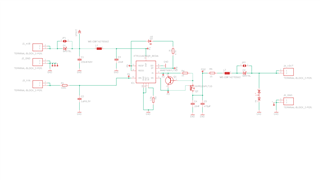Hi,
In datasheet is written that work temperature range for XTR111 is - 40 - 125 °C. My Customer has a problem with temperature upper limit. There is a quite large difference in output current compared to the result for 100 °C (it is around 7%), is this something unusual? Load Resistance 50 and 500 Ohm at the output of the circuit and the worst case is for 50 Ohm resistance.
Thank you,
Daria



